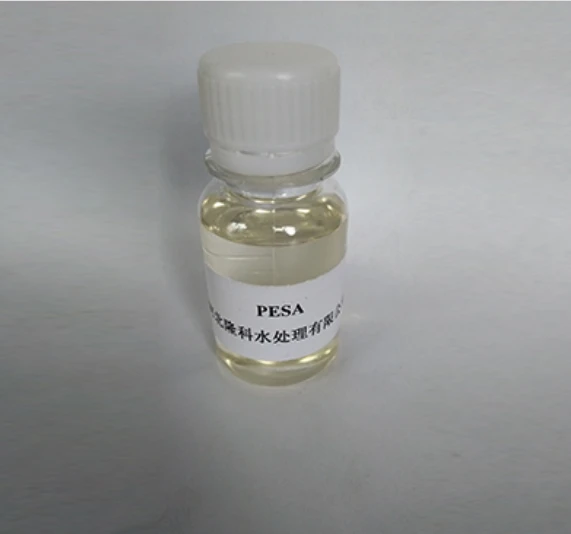polyacrylamide formation
Understanding the Formation of Polyacrylamide A Key Polymer in Various Applications
Polyacrylamide (PAM) is a synthetic polymer widely used in various industries due to its unique properties. The formation of polyacrylamide involves the polymerization of acrylamide monomers, leading to a flexible, water-soluble polymer that has made significant contributions to fields such as agriculture, wastewater treatment, and pharmaceuticals. This article explores the formation process of polyacrylamide, its properties, and its applications, highlighting its importance in modern science and industry.
Polymerization Process
The formation of polyacrylamide begins with the polymerization of acrylamide, a simple organic compound with the chemical formula C3H5NO. The most common method employed for polyacrylamide synthesis is free radical polymerization, which can be initiated through thermal or chemical means. This process typically involves the following steps
1. Initiation The polymerization process starts with the generation of free radicals, which can be achieved through various initiators such as ammonium persulfate (APS) or potassium persulfate. These radicals attack the double bond present in the acrylamide molecules, leading to the formation of an active site.
2. Propagation Once initiated, the reaction proceeds through a chain reaction mechanism. The active site developed during initiation reacts with other acrylamide molecules, effectively adding them to the growing polymer chain. This step continues, resulting in a significant increase in the molecular weight of the polymer.
3. Termination The polymerization process is eventually terminated by several mechanisms, including combination and disproportionation, where two growing polymer chains combine or one chain transfers its radical to another, leading to stable, non-reactive product formations.
The resulting polyacrylamide can be modified in various ways, leading to different forms, including cationic, anionic, or nonionic based on the nature of the substituents incorporated during synthesis. The versatility of this polymer stems from its adjustable properties, making it suitable for a multitude of applications.
Properties of Polyacrylamide
Polyacrylamide possesses several key properties that enhance its performance in diverse applications
- Water Solubility PAM is highly soluble in water, allowing it to be easily incorporated into various aqueous solutions, making it ideal for use in applications such as gel electrophoresis and as a flocculating agent in water treatment processes.
polyacrylamide formation

- Biocompatibility Its non-toxic nature renders polyacrylamide suitable for biomedical applications, particularly in drug delivery and tissue engineering.
- High Viscosity The polymer has a high viscosity at low concentrations, which is advantageous in enhancing the performance of products in which it is incorporated
.- Elasticity and Flexibility Polyacrylamide’s flexible structure contributes to its effectiveness as a gel medium, providing an essential component in molecular biology for applications such as protein and DNA separation.
Applications of Polyacrylamide
The applications of polyacrylamide are broad and varied, highlighting its significance across different sectors
1. Water Treatment PAM is extensively used as a flocculant in water purification and wastewater treatment processes. Its ability to aggregate suspended particles improves the clarity and quality of water.
2. Agriculture In agriculture, polyacrylamide is used in soil conditioning to enhance water retention and improve soil structure, which promotes better crop yields.
3. Biotechnology and Pharmaceuticals PAM plays a critical role in laboratories, particularly in gel electrophoresis, where it serves as a medium for separating biopolymers like proteins and nucleic acids.
4. Oil Recovery In the oil industry, polyacrylamide is utilized in enhanced oil recovery techniques to increase the efficiency of oil extraction processes.
Conclusion
The formation of polyacrylamide is a vital process that has underscored the versatility and applicability of this polymer in modern industries. From wastewater treatment to biotechnological applications, its unique properties continue to drive advancements in various fields. Understanding its formation and characteristics not only enhances our scientific knowledge but also opens up new avenues for innovation and application in numerous sectors.
-
Water Treatment with Flocculant Water TreatmentNewsJun.12,2025
-
Polymaleic AnhydrideNewsJun.12,2025
-
Polyaspartic AcidNewsJun.12,2025
-
Enhance Industrial Processes with IsothiazolinonesNewsJun.12,2025
-
Enhance Industrial Processes with PBTCA SolutionsNewsJun.12,2025
-
Dodecyldimethylbenzylammonium Chloride SolutionsNewsJun.12,2025





